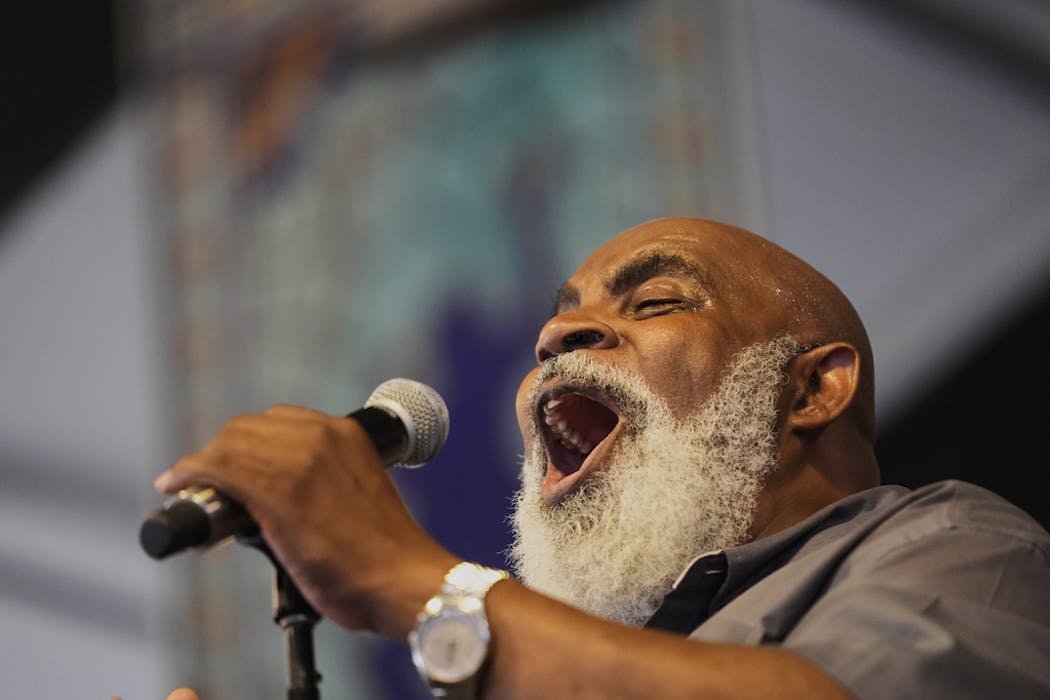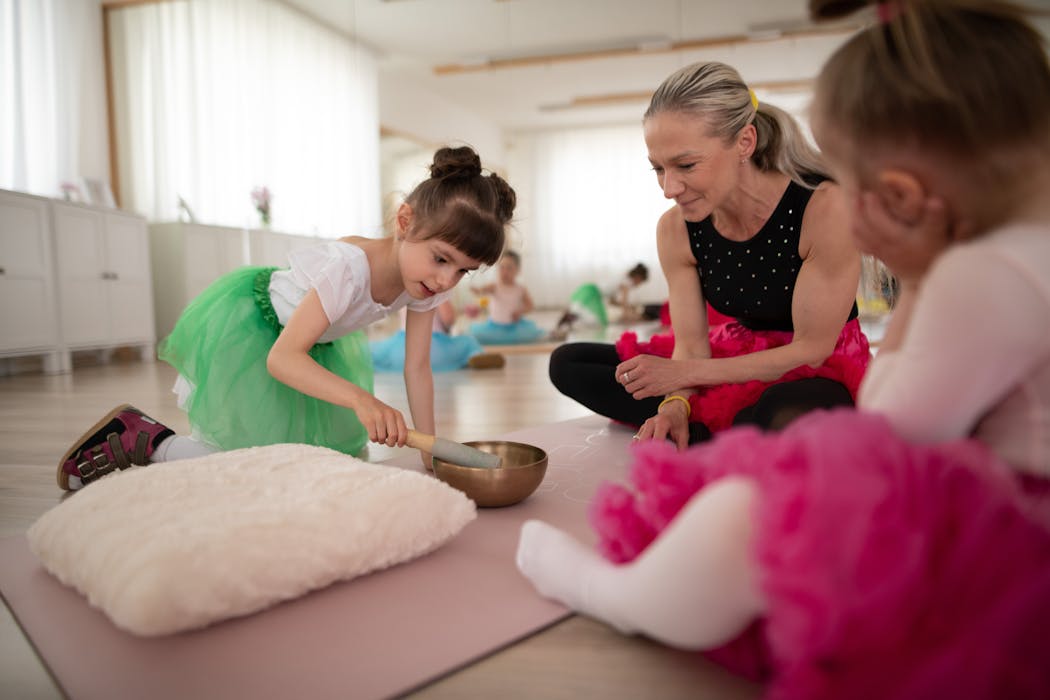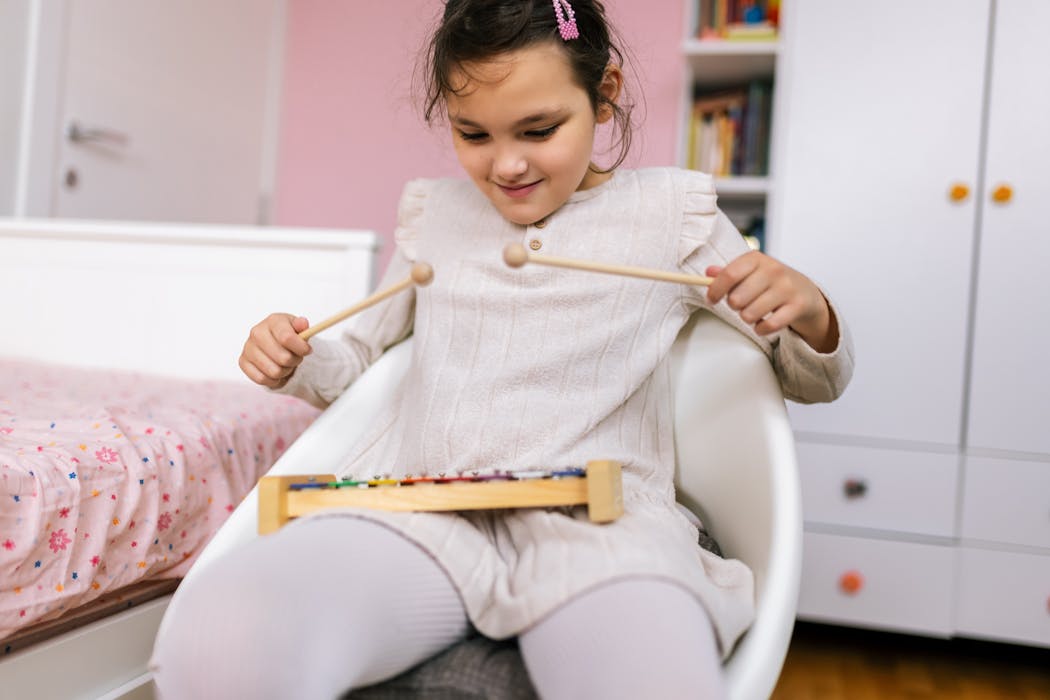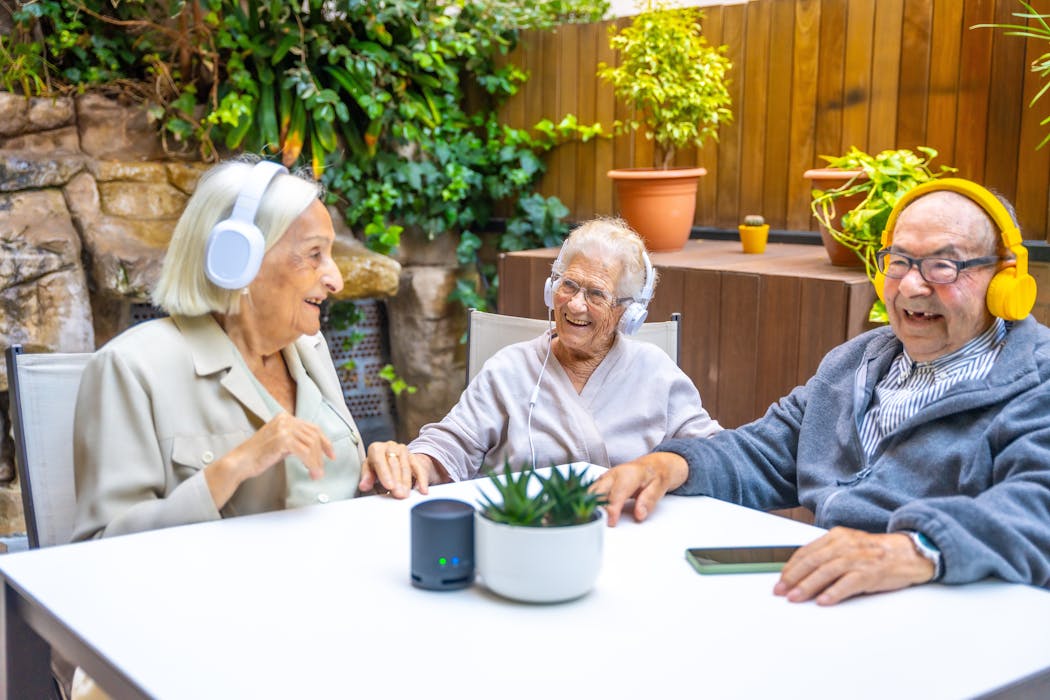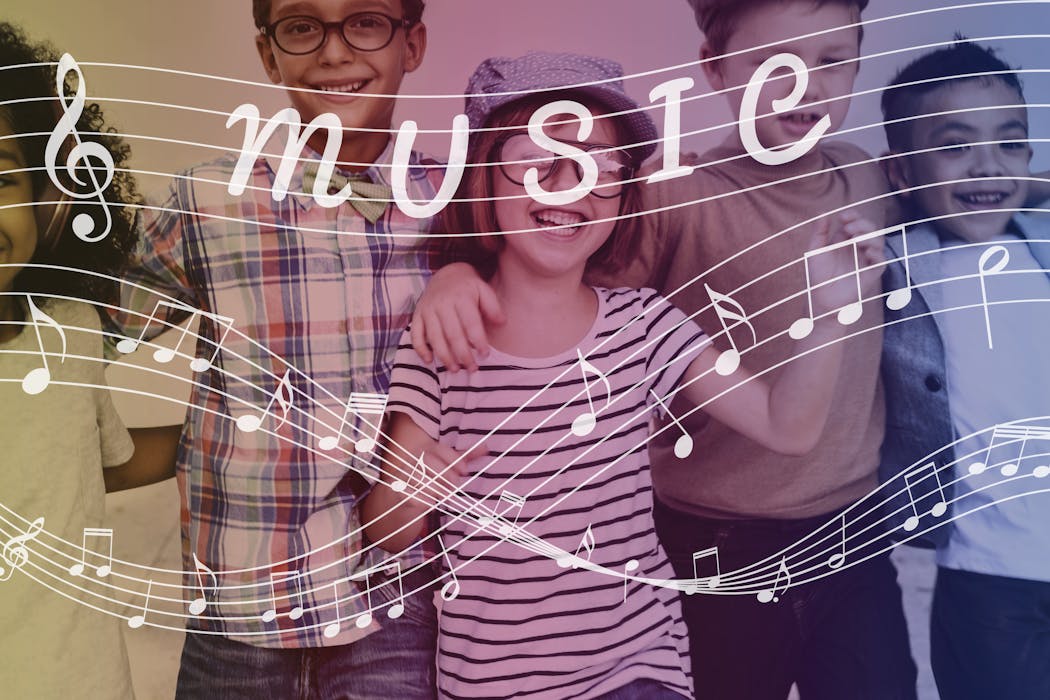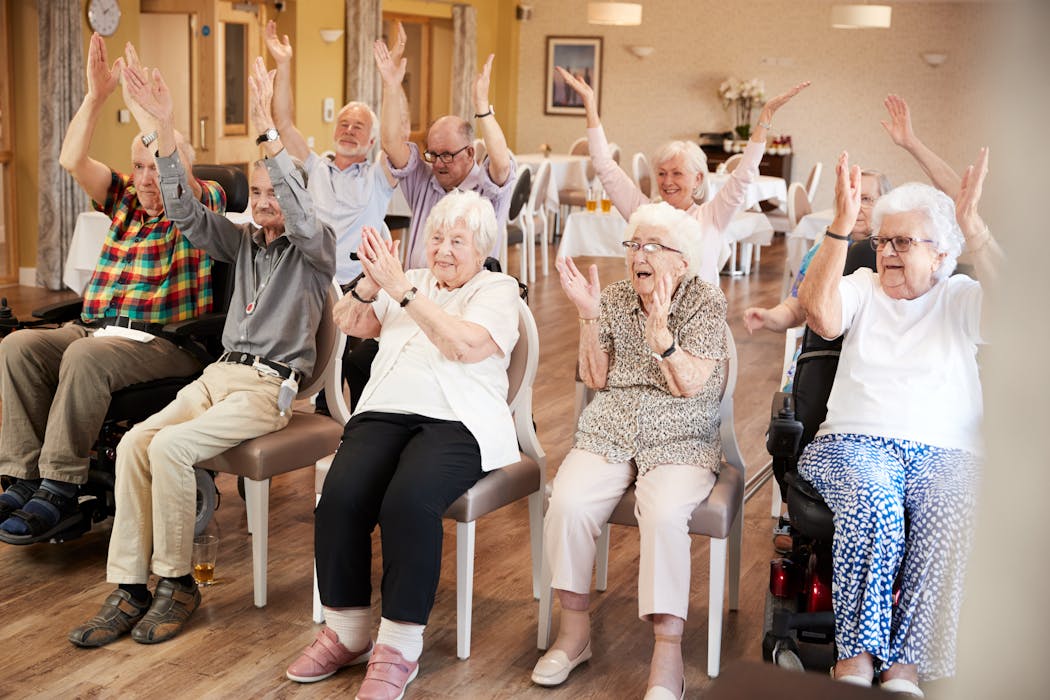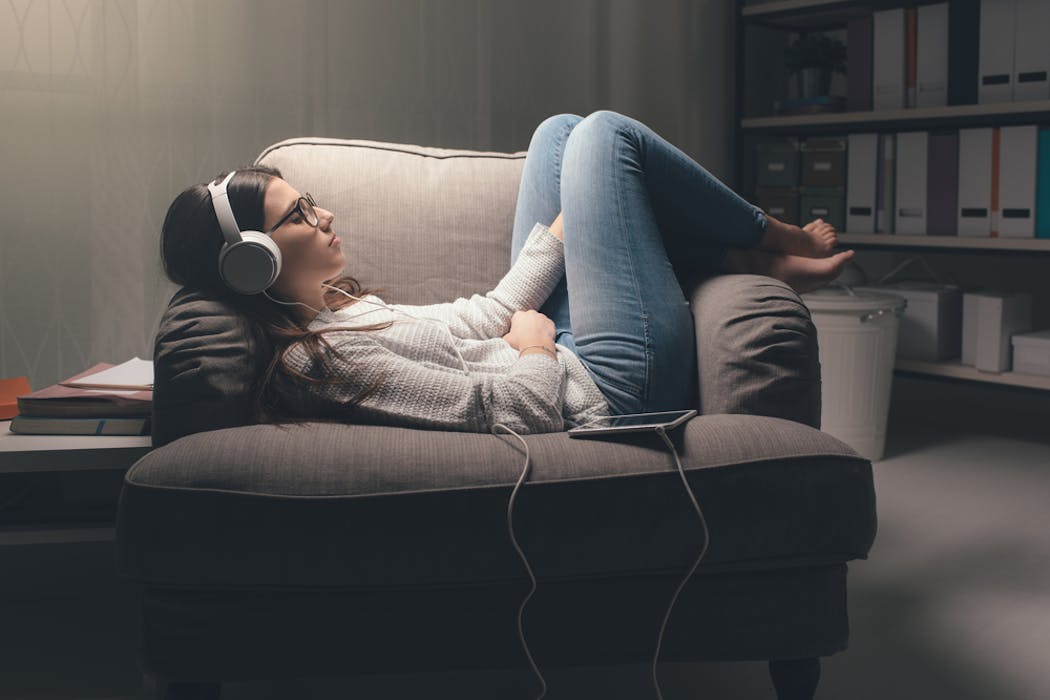More than relaxing to soothing tunes, or working-out to upbeat numbers – music therapy activities are much more diverse than one may imagine. Though it is reasonable to consider that music therapy would generally consist of musical activities, the extent and manner in which music is used in therapy sessions varies widely.
From song-sharing to song-writing, to dance and improvisation, music therapy activities are custom-tailored to each individual patient, according to their needs and the goals they are trying to reach. Learning more about each type of activity can help patients and music therapists understand the range of tools available at their disposal. Five of the most common music therapy activities are song-sharing, song-writing, dancing, drumming and improvisation.
1. Song-sharing or Group Singing is perhaps the oldest known methods of using music to promote communal bonding and welfare. But, in the hands of a trained music therapist, this simple technique can work wonders in improving cognitive functions in a myriad of severely ill patients (for example, people suffering from Dementia or Alzheimer’s disease).
2. Song-writing is another common music therapy activities in rehabilitative and counseling sessions. Putting into words, the inner feelings about the trauma and difficulties of their past, patients are often able to draw connections to their current conditions and figure appropriate solutions to remedy them.
The therapists would often rewrite the lyrics to a favourite song of the client, or one that they feel close to, at the time of therapy. Song-writing could also be used as a means of motivating the client towards recovery or a better future in general. The client could be helped in writing a song about the life they want to create for themselves – whether that be related to psychological or physical goals they intend to reach.
3. Dancing to music is another way to encourage people to work through a number of problems. In the physical therapy setting, dancing and moving to music are music therapy activities that can bolster strength, vitalize bodily functions, as well as improve the client’s overall mood.

By slowly working their way up to more strenuous activities, a patient can begin to feel more confident in their ability to move while also gaining strength and stamina along the way. With upbeat music, it’s easier for people who face mobility challenges to continue moving to the rhythm of the song, as the faster beat increases the heart-rate and lifts the general mood of the client, which in turn brings positive results.
4. Drumming is perhaps the most accessible and fun way to experience the amazing effects of music therapy. Due to it being a very physical instrument, drumming can improve bodily functions in multiple ways, increase cellular activity and helps the body fight neurological and endocrinological disorders. In addition, drumming can be a fantastic group activity forming social cohesion amongst the participants.
Rick Allen, a famous drummer and the founder of the Raven Drum Foundation, suggested that some immediate benefits of drumming include:
- Reduction of stress, trauma, and anxiety.
- Controlling symptoms of chronic pain.
- Revitalizing the immune system.
- Creating a sense of social connection.
- Emotional catharsis or release of bottled-up anger and aggression.
- Providing scope for self-realization and introspection.
5. Improvisation is an activity that can be used in a number of settings. Improvisation is a very effective method by which a music therapist can engage and provide an outlet for the client to freely express themselves. But, that’s not all. Often, patients who lack social and communication skills (e.g. as a result of having neurological conditions), find it easier to communicate through musical improvisations as opposed to verbally. In these instances, musical improvisation can lay the groundwork and nurture a sense of confidence and trust in the patient, so that they are more open to engaging through non-musical means (e.g. talking).
Improvisational activities could also be used to train different body parts to perform certain functions. For example – a child who has difficulties using their hand to grab things could be asked to play an instrument. The music acts as a motivation for them to keep trying to grab the instrument, which could eventually train them to grab essential objects like a spoon to feed themselves.
This article has barely grazed at the mountain of possibilities of how common music therapy activities can be employed to address a multitude of health and wellness challenges. We will delve deeper into various activities in the form of activity cards in the future. Until then!
Find out how Torongo Therapyplus can help you with your needs. Get in touch with us at smile@torongo.life, or call us on 02 8809 9965.

















